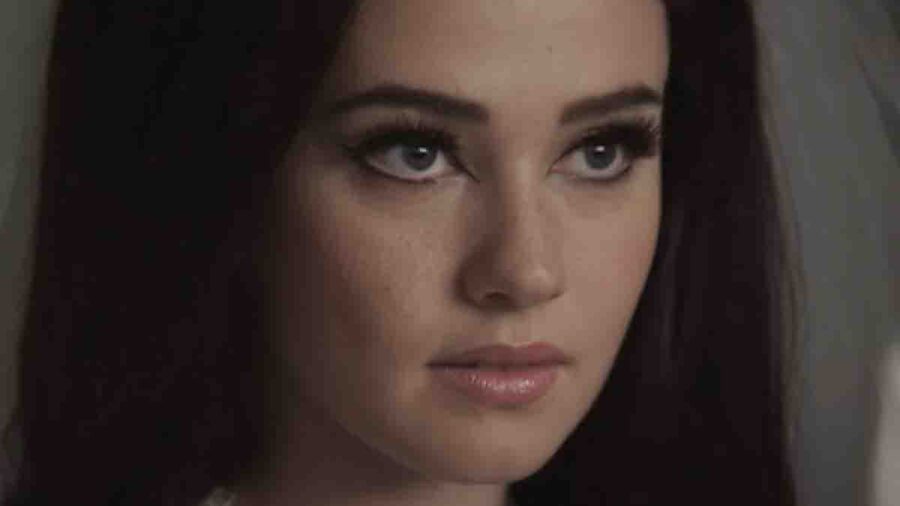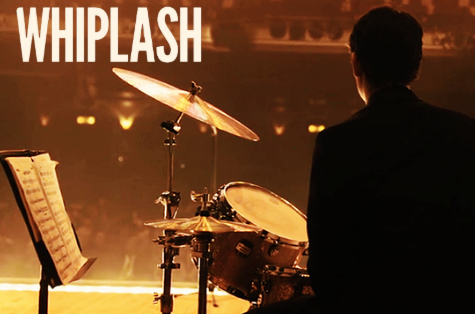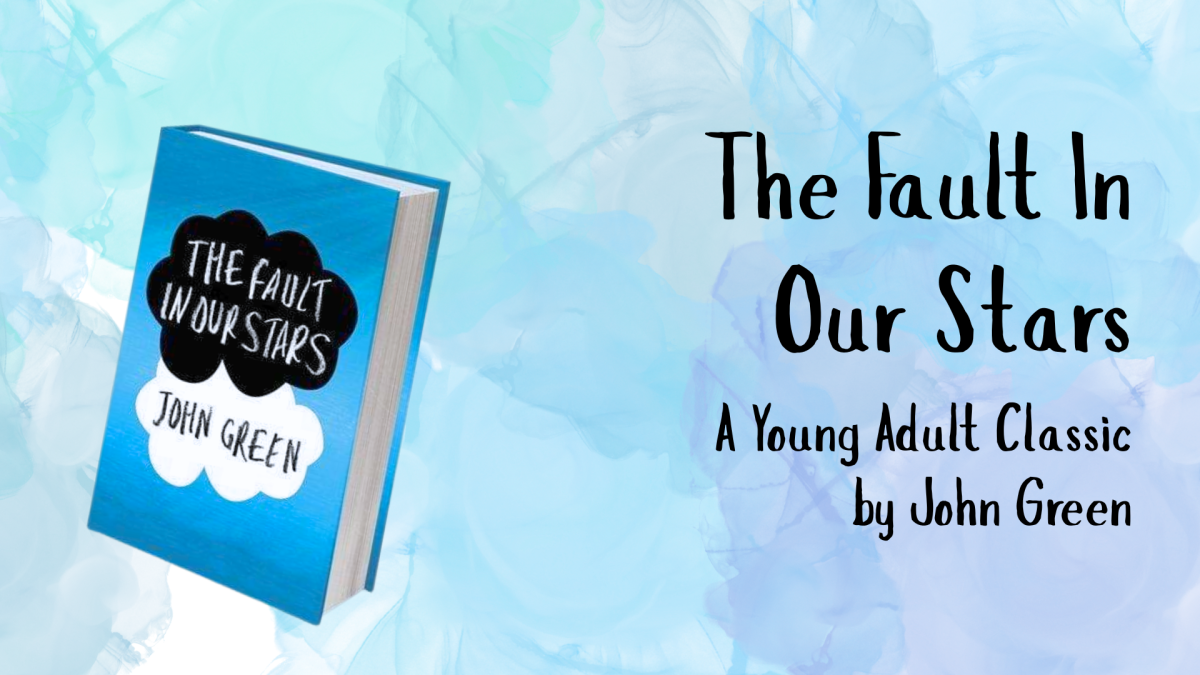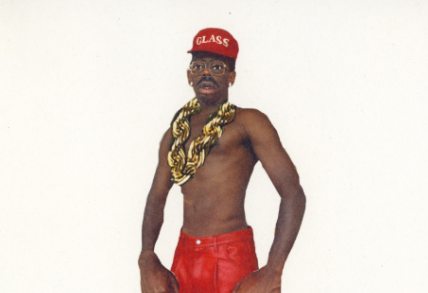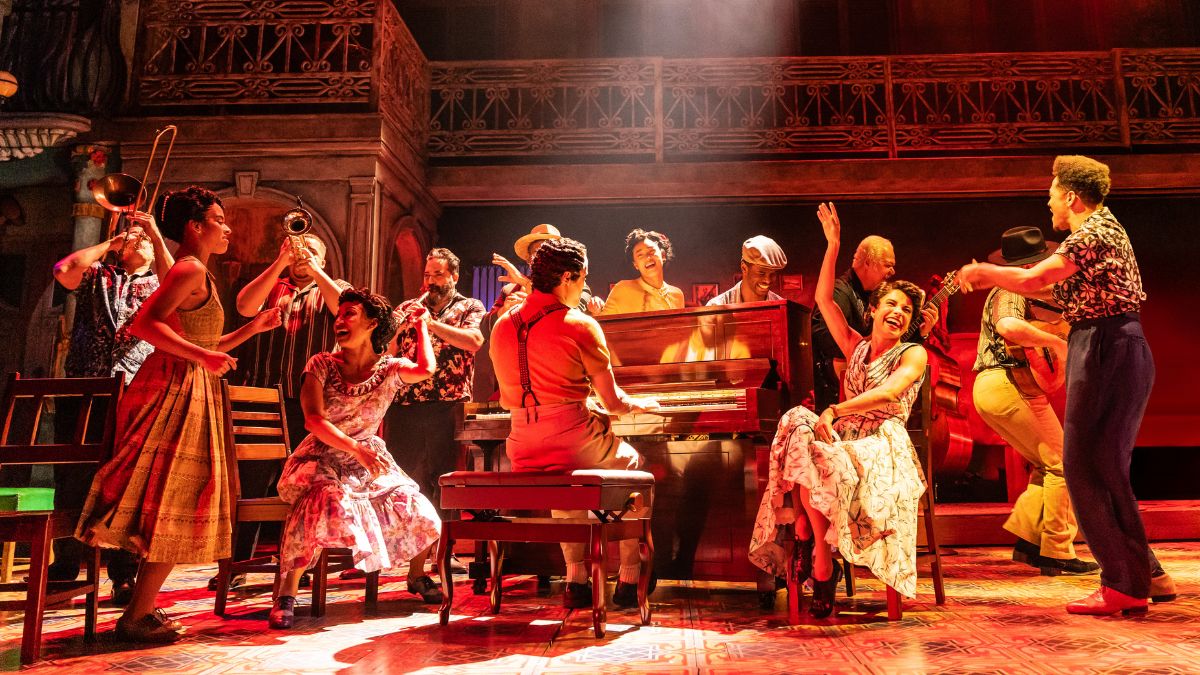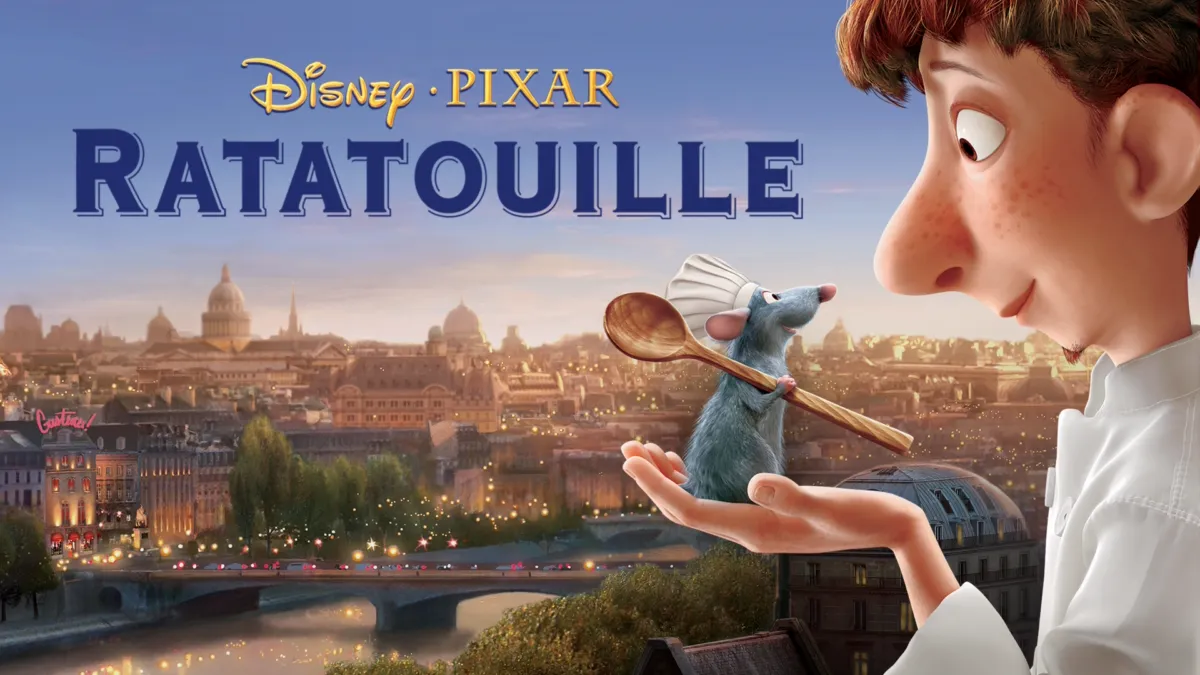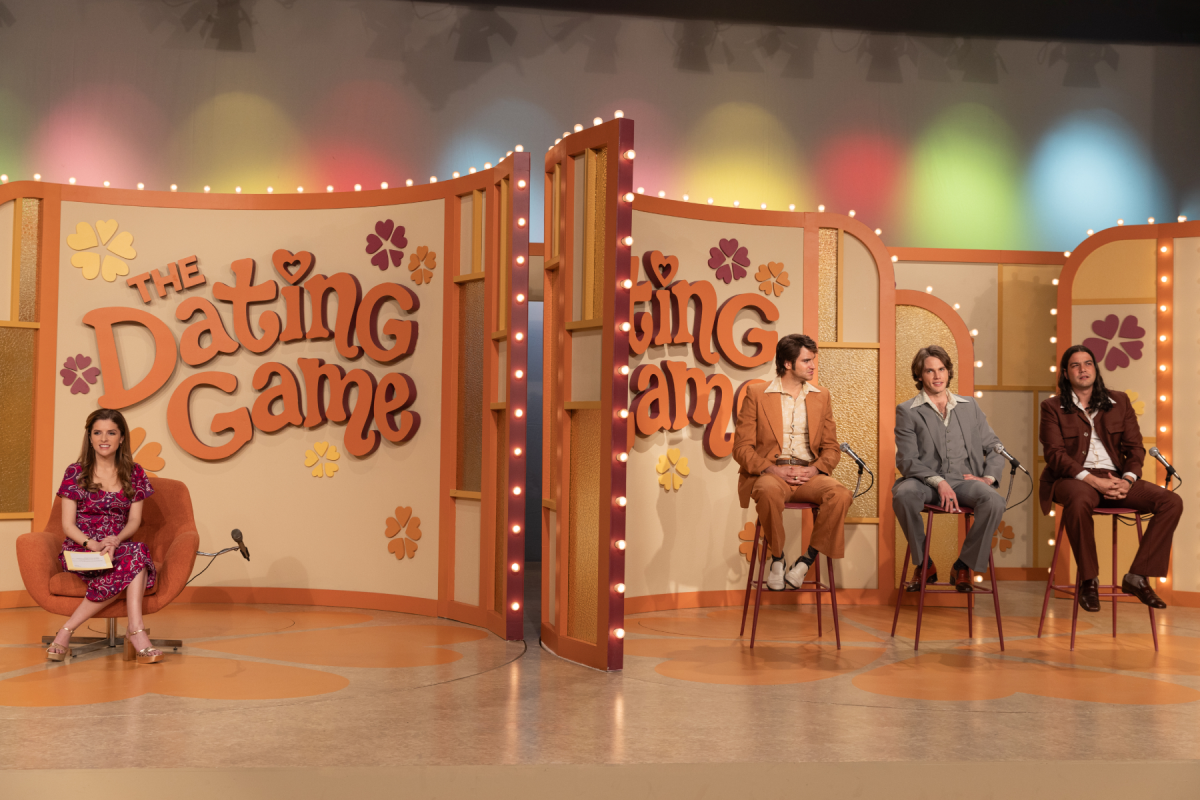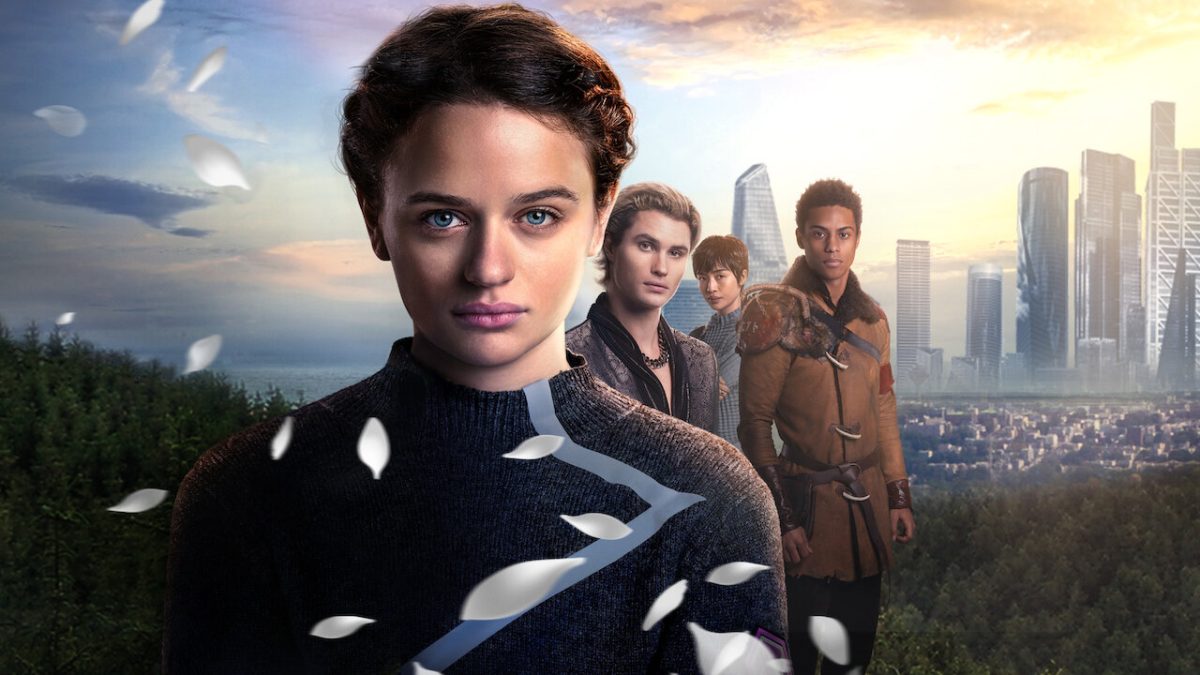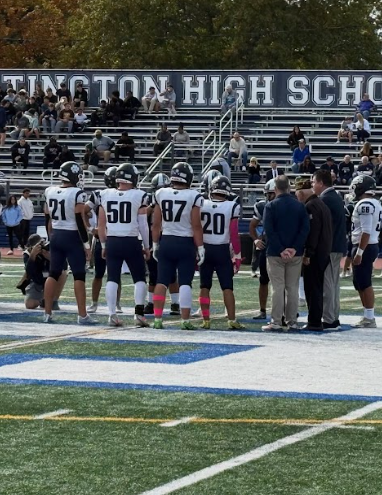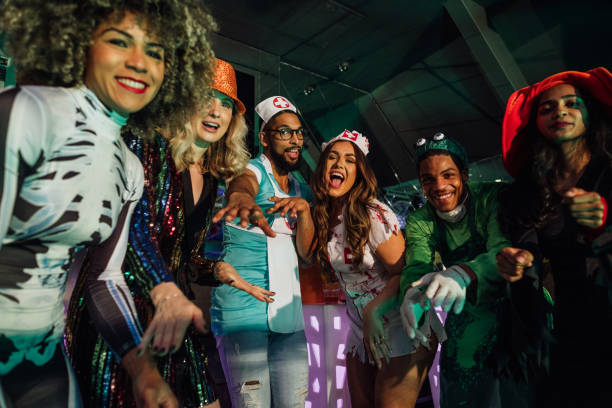Priscilla (2023), released on October twenty-seventh of this year, was another exceptional film coming from the talented Sofia Coppola. The story, adapted from Priscilla Presley’s 1985 memoir Elvis and Me, revolves around her experience as a young girl whom Elvis took an interest in and later married. Priscilla Presley is credited as an executive producer on the movie.
The story
Priscilla Beaulieu, a young impressionable girl, was stripped of her later teenage years and the individuality that comes with it. Her first encounter with the rock and roll superstar takes place at a party. The invitation is extended by a German army base air force officer in a local diner. Priscilla’s stepfather allows her attendance due to their shared acquaintance with his commanding officer. The couple hit it off and their relationship accelerates from dates to Elvis’s offer to move back to the States at his estate. Upon her parent’s consideration and permission, she abruptly moves from a German army base to the States. Priscilla fulfills her promise to her parents to finish high school, all while living at Elvis’s residence, the Graceland mansion. Once Priscilla reaches the age of twenty-one, she and Elvis are married and later have a baby girl, Lisa Marie. The movie explores the dynamic between Priscilla and Elvis and her life alone at the house while Elvis is off filming movies in Hollywood. Priscilla takes notice of the various newspaper headlines of Elvis’s rumored sparked romances with his co-star actresses. Wrongfully feeling isolated, she decides to visit him in Los Angeles where an argument arises between them surrounding the alleged affairs. After they have the baby, Elvis shuts Priscilla out of their marriage. Ultimately leading to her leaving to find herself, finally living her life on her own.
Coppola’s direction
In Coppola’s past films such as Lost in Translation (2003), Marie Antoinette (2006), The Bling Ring (2013), and The Beguiled (2017) there is an overarching aesthetic that is achieved. This is carried over in her newest film, Priscilla (2023), where the aesthetic is airy, light, and feminine to represent Priscilla’s girlhood, her transition into womanhood, and her eventual coming into herself as an individual. At the start of the film, when Priscilla is 14 and lives on a military base with her parents, the color of her clothes is muted but feminine, with dusty pinks, and teals. The same goes for her hair which is a mousy brown and put back in a simple ponytail, nothing extraordinary or different about her looks, she’s just a girl. Yet when she enters Elvis’s world, the colors start to change, she still wears pinks and teals to represent that she’s a girl, but they’re brighter, bringing more attention to herself, implying that she’s no longer “just a girl”, but officially someone, Elvis’s girl. The drastic change Priscilla undergoes when dying her hair pitch black displays a young girl posing as a woman much older than herself. She keeps with this look until after she has her baby and officially becomes a young woman. To represent this increase in maturity, her clothing also becomes more mature, and also less of what Elvis likes. By the end of the film, she no longer wears bright colors and intense eye makeup, and her hair has gone back to her natural color which is no longer teased to oblivion, literally. For the first time, Priscilla not only looks or acts mature, but she is mature, she is a grown woman who has finally come into herself after years of being oppressed by the man she loves.
The movie brings to light the untold truth of Priscilla’s relationship with Elvis and her eventual independence from him. We enjoyed the movie and it was yet another example of Sofia Coppola’s talent as a director.

